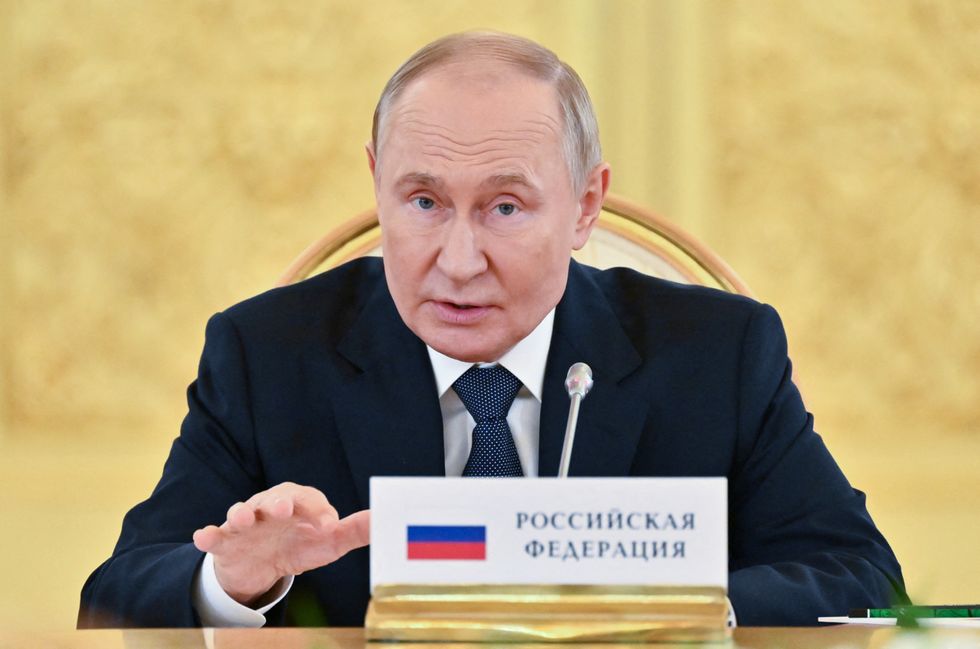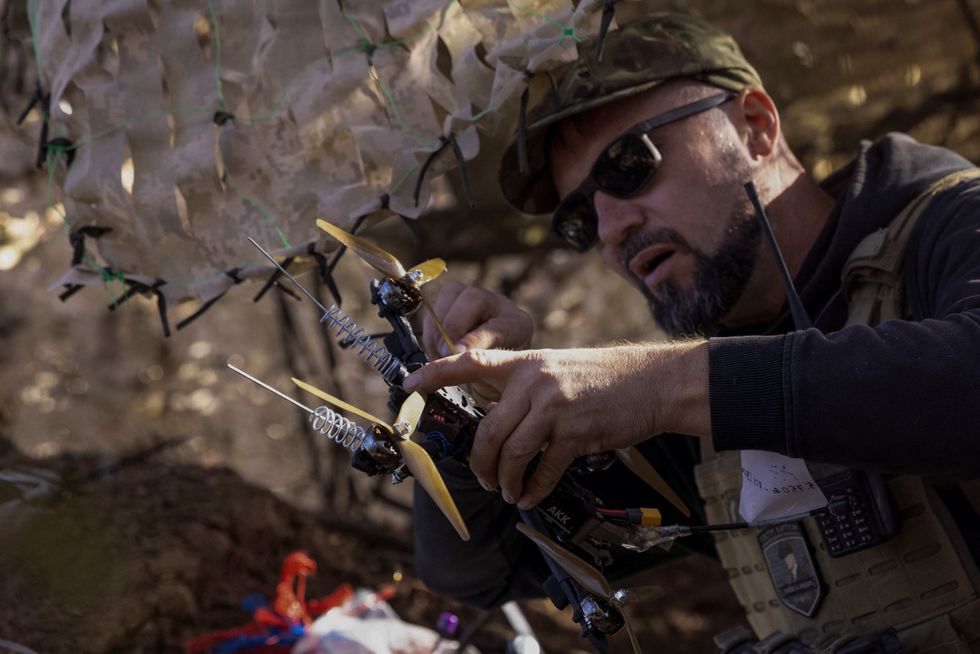A British think tank has issued a warning on how the rules of warfare are changing in the 21st Century in the light of the Ukraine War.
The Henry Jackson Society, a British think tank dedicated to preserving democracy, free society and Western Values, has warned of a new age of warfare, stating that nations around the world are learning from the technology and techniques deployed in what Ukraine is dubbing the “war lab for the future”.
In his report, titled Military Lessons for Nato from the Russia-Ukraine War: Preparing for the Wars of Tomorrow, David Kirichenko details how the zone of conflict has spread from the battlefield to the internet, space, and even social media as Ukraine has resorted to novel ‘asymmetrical warfare’ to combat its better-armed enemy.
The most startling development of the war has been the development of drone technology on the battlefield, pioneered by Ukraine due to its lack of jets and long-range munitions that led to Russia largely controlling its airspace during the early stages of the war.
K-2 Battalion of the 54th Brigade of Ukraine take a prisoner with a help of a drone. Full story and detailed video with English subtitles attached:
«Not for the first time soldiers of the K-2 Battalion are taking a prisoner with the help of a drone. This time, drone operator… pic.twitter.com/7034ug0ya1
— Special Kherson Cat 🐈🇺🇦 (@bayraktar_1love) September 22, 2024
Drones have been used to target enemy soldiers and infrastructure, supply troops on the frontlines with bottles of water, and even help Russian soldiers defect to Ukraine, with one domestic company, TAF drones, producing 40,000 drones per month.
Russian soldiers have pleaded on social media for pump shotguns to try and shoot the drones out of the sky like clay pigeons, stating “they’re simply burning us”.

Putin’s soldiers have pleaded on social media for pump shotguns to defend against drones
REUTERS
Initially, Ukraine relied largely on Chinese-made DJI drones but since China has streamlined its supply chain to support Russia in the war, Ukraine has had to develop its own drone industry, with 200 domestic drone companies created in Ukraine.
The use of drones operated at a distance has allowed Ukraine to expose its smaller fighting force to less risk while effectively pushing back Russian advances.
Alex Bornyakov, Ukraine’s Deputy Minister of Digital Transformation, said: “We don’t have as many human resources as Russia, they fight, they die, they send more people, they don’t care, but that’s not how we see war.”
LATEST DEVELOPMENTS:

Ukrainian drone operator
REUTERS
In order to combat drones, armies are increasingly using signal jamming to prevent drone pilots from seeing the video feed on FPV (First-Person View) drones.
In response, manufacturers are embedding artificial intelligence into their drones, so that if the signal is lost, AI can take over, locating targets autonomously with the hope that the integration of AI could raise the success of a drone strike from 40 to around 80 per cent.
However, increased drone autonomy makes them more susceptible to cyber attacks, opening up the possibility of drones being commandeered against their own operators.

Increased drone autonomy makes them more susceptible to cyber attacks
GETTY IMAGES
Ukraine’s pioneering of new technology in warfare has drawn many plaudits, with David Petraeus, former Director of the CIA, describing it as “sheer genius”.
However, Kirechenko urges the West to increase its supply of traditional weaponry to Ukraine, stating: “The reliance on drones highlights the innovative tactics that Ukrainian forces have employed to compensate for their artillery shortages, yet it also underscores the irreplaceable role of raw firepower in large-scale ground operations.”
Drones are also part of a larger theme of digital warfare that has been pioneered during the conflict.
While Russia has engaged in a disinformation campaign or “psyops” to discourage Western Support for Ukraine, for example distributing false reports that Zelensky used Western aid to purchase a luxury yacht, the West has developed its own digital warfare.
NAFO, or the North Atlantic Fellas Organisation, is a group of volunteers dedicated to countering Russian propaganda.
Labelled Ukraine’s “bot army” by Russia Today, members of their group are distinguished by their use of Shiba Inu dog avatars, with a running joke being that its members are real Shiba dogs employed by the CIA.
Ukrainian citizens also engage in cyber warfare on social media, with one woman using Tinder accounts to pinpoint and report over 70 Russian profiles to Ukrainian authorities.

The frontline has extended to Africa, where Russia has deployed the former Wagner Group
REUTERS
Cyber-attacks can have a devastating effect on infrastructure, as Ukraine learnt in December 2023 when Russia launched one of its most disruptive attacks on Kyivstar, Ukraine’s largest telecom company, disrupting mobile service for days.
Space has also become a key domain of the battlefield, with the Pentagon working to prevent Russia from illicitly acquiring control of satellites manufactured by Elon Musk’s Space X.
In May, Russia launched a satellite, Cosmos 2576, which the US claims is a counter-space weapon designed to stalk and destroy US spy satellites orbiting the Earth.
The increase in digital warfare has occurred as the Russia-Ukraine War has expanded around the globe.
The frontline has extended to Africa, where Russia has deployed the former Wagner group, renamed the Africa Corps, in Sudan to take over its gold supplies.
In 2021, Russia supported a military coup, ousting the civilian government and undermining the pro-democracy movement that toppled dictator Omar al-Bashir.
In response, Ukraine has been training Sudanese forces and conducted ambushes on Wagner mercenaries. Russia’s allies around the world have also been mobilised, with Chinese and Belarussian troops recently conducting “anti-terrorist training” together in Brest, close to Poland and Ukraine.